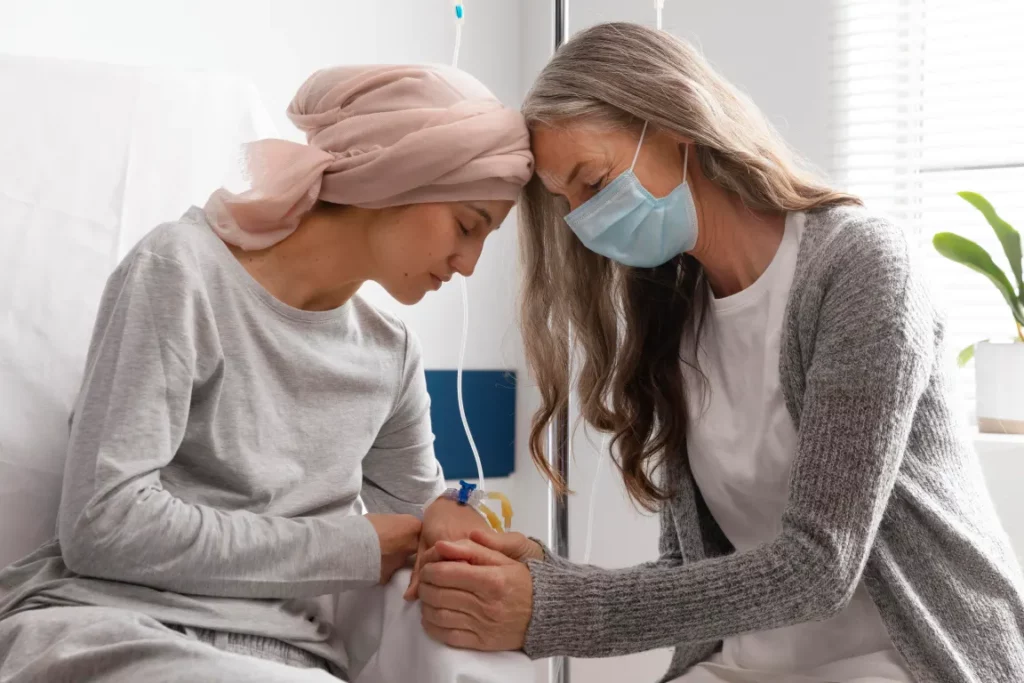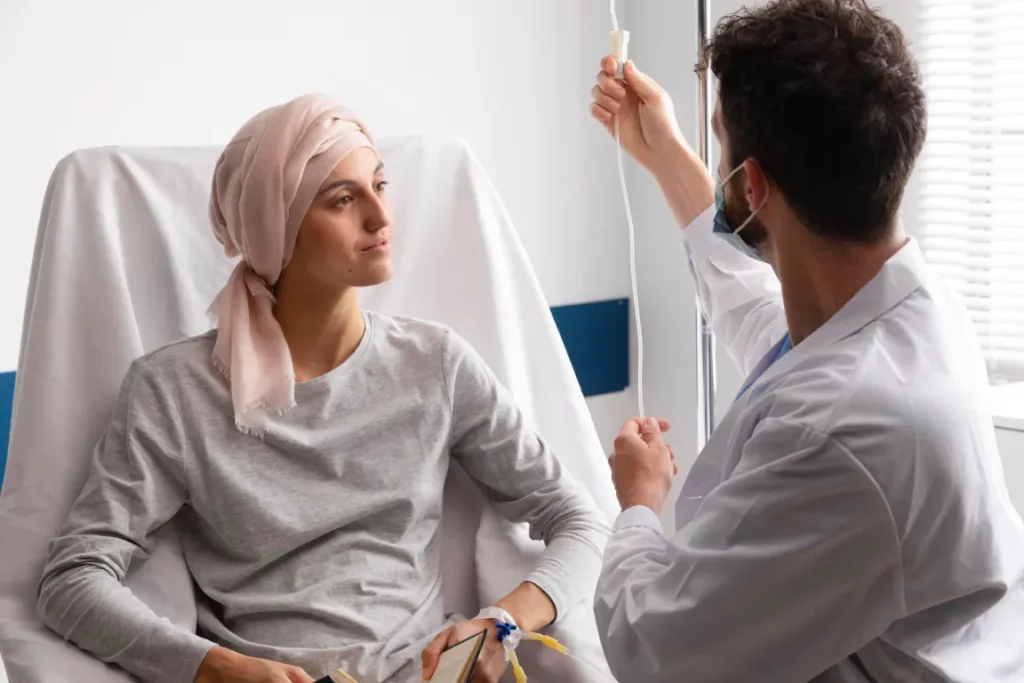- Cancer
Hercyclopedia
Cancer
Nurturing New Beginnings
PROMOTING FEMALE HEALTH AT EVERY STAGE
Cancer


Lorem ipsum dolor sit amet, consectetur adipiscing elit
Types of Cancer in Women
- Breast Cancer
Here are some of the check up and health screenings that you should get done:
- Pelvic Exam
- Pap Smear (Cervical Cancer Screening)
- Breast Exam
- Blood Pressure Measurement
- Cholesterol Screening
- Bone Density Scan (DXA)
- Blood Sugar Test (Glucose Screening)
- Thyroid Function Tests
- Blood Count (Complete Blood Count, CBC)
* The specific exams and screenings recommended can vary based on a woman’s age, family history, personal health history, and risk factors. It’s essential to discuss your individual healthcare needs and screening schedule with your healthcare provider.
- Cervical Cancer
- Ovarian Cancer
- Endometrial (Uterine) Cancer
- Preventive Measures

- Support and Resources

Conclusion
Frequently Asked Questions
Gynecologists are medical specialists who focus on women’s reproductive health, and they can provide care and treatment for a wide range of issues, including Routine Gynecological Exams, Menstrual Disorders, Contraception, Menopause Management, Gynecological Infections, Pelvic Pain and Disorders, Gynecological Cancers, Surgical Procedures, Hormone Therapy, Sexual Health and more.
The pricing of women’s health treatments should prioritize accessibility and affordability, ensuring that essential healthcare services, such as gynecological exams, prenatal care, contraception, and screenings for conditions like breast cancer and STDs, are within reach for all women. Our aim is to provide fair and transparent pricing, along with options for financial assistance, should be made available to promote women’s overall well-being and equality in healthcare.
Gynecological treatments can involve various procedures, medications, and interventions, each with its own set of risks and potential side effects. The specific risks and side effects can vary depending on the type of treatment, individual patient factors, and the underlying condition being addressed. It’s essential to discuss these risks and potential side effects with your healthcare provider before starting any gynecological treatment.
The recovery time for gynecological treatments varies widely, depending on the specific treatment or procedure and individual factors. For medication-based treatments like hormonal contraception, recovery is typically immediate, with no need for downtime. In contrast, procedures such as intrauterine device (IUD) insertion often require no more than a brief recovery period, with women resuming their regular activities soon afterward. Minimally invasive procedures, such as endometrial ablation or hysteroscopy, usually entail several days to a few weeks of recovery, marked by mild discomfort, spotting, and cramping. Surgical interventions like a hysterectomy might necessitate a more extended recovery period, ranging from several weeks to a few months, depending on the extent of the surgery and individual healing. It’s essential to follow post-treatment instructions and consult with healthcare providers for personalized guidance during the recovery process, ensuring a smooth return to daily life and activities.
How an individual feels after a gynecological treatment can vary widely based on several factors, including the type of treatment or procedure, their overall health, and individual sensitivity to medical interventions. In some cases, such as medication-based treatments or the insertion of an intrauterine device (IUD), many women may feel little to no discomfort and can often resume their usual activities immediately. For minimally invasive procedures like hysteroscopy or endometrial ablation, mild discomfort, spotting, and mild cramping may be experienced for a few days to a few weeks post-treatment. Surgical interventions, such as a hysterectomy, generally entail a more extended recovery period marked by varying levels of pain or discomfort, potentially necessitating several weeks or months for a full return to regular activities.

